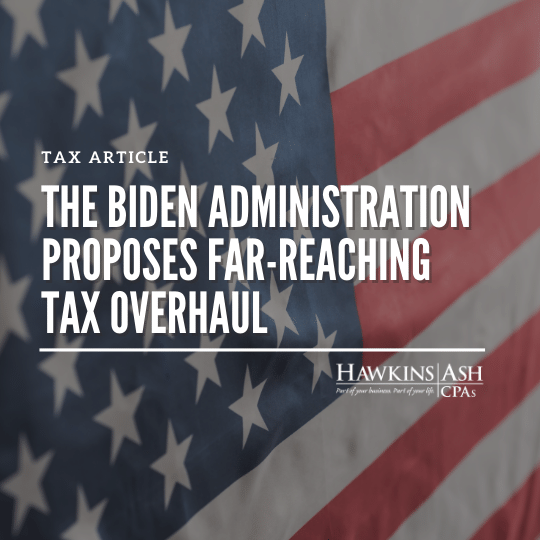Prior Law
Through Dec. 31, 2017
A distribution from a qualified retirement plan, a tax-sheltered annuity plan, an eligible deferred compensation plan of a State or local government employer, or an individual retirement arrangement (IRA) generally is included in income for the year distributed.
In addition, unless an exception applies, distribution from a qualified retirement plan, before age 59 1/2 is subject to a 10 percent additional tax (the “early withdrawal tax”) on the amount includible in income.
In general, a distribution from an eligible retirement plan may be rolled over to another eligible retirement plan within 60 days, in which case the amount rolled over generally is not includible in income. The 60-day requirement can be waived by the IRS in certain situations.
There are many exceptions to the 10 percent tax; some of the exceptions include:
- Distributions made to an employee after separation from service after reaching age 55. This rule does not apply to distributions from IRAs
- Distributions which are dividends paid with respect to stock of a corporation which are described in Code Sec. 404(k)(ESOPs)
- Withdrawals from a qualified plan or IRA due to IRS levy
- Distributions made to the employee to the extent allowable as a medical expense deduction for amounts paid during the tax year for the employee’s medical care
- Distribution made to an alternate payee under a qualified domestic relations order (QDRO). This exception does not apply to IRA distribution
New Law
Effective for tax years beginning after Dec. 31, 2017
The Tax Cuts and Jobs Act provides yet another exception to the retirement plan 10 percent early withdrawal tax.
Amounts up to $100,000.00 that are used for “qualified 2016 disaster distributions” are still included in income, however, these amounts will not be subject to the 10percent additional tax on the early withdraw.
These distributions are defined as distributions from an eligible retirement plan made on or after January 1, 2016, and before January 1, 2018, to an individual whose principal place of abode at any time during calendar year 2016 was located in a 2016 disaster area and who has sustained an economic loss by reason of the events that gave rise to the Presidential disaster declaration.
Income attributable to a qualified 2016 disaster distribution can, under the Act, be included in income ratably over three years and the amount of a qualified 2016 disaster distribution can be recontributed to an eligible retirement plan within three years.
The Act also provides that a plan amendment made pursuant to the above disaster relief provisions may be retroactively effective if certain requirements are met, including that it be made on or before the last day of the first plan year beginning after Dec. 31, 2018.
Commentary
Essentially, the act is adding another exception to the additional tax. Should you live in one of the many Federally declared disaster areas and you withdrew money from your qualified retirement fund (401(k)) you would still be taxed on the funds [you can elect to spread this over three years], but you will not be subject to the additional 10 percent tax associated with the early distributions.





